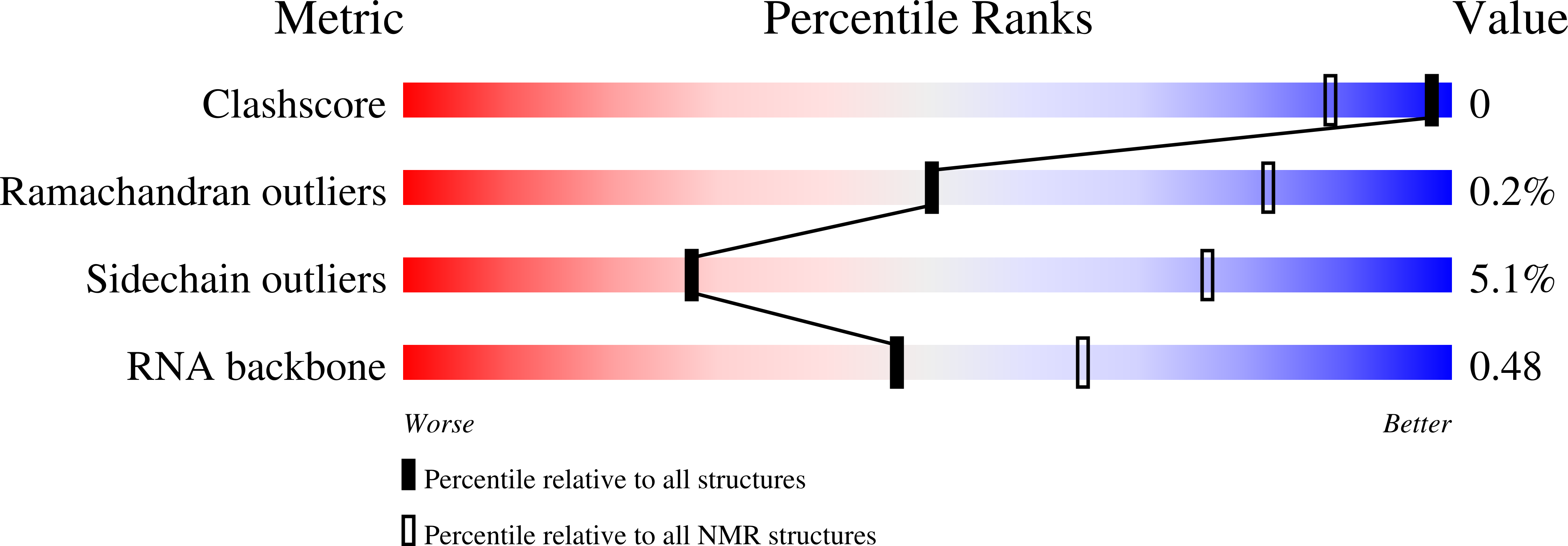
Deposition Date
2020-04-20
Release Date
2021-03-03
Last Version Date
2024-05-01
Entry Detail
Biological Source:
Source Organism:
Homo sapiens (Taxon ID: 9606)
synthetic construct (Taxon ID: 32630)
synthetic construct (Taxon ID: 32630)
Host Organism:
Method Details:
Experimental Method:
Conformers Calculated:
800
Conformers Submitted:
20
Selection Criteria:
structures with the lowest energy


